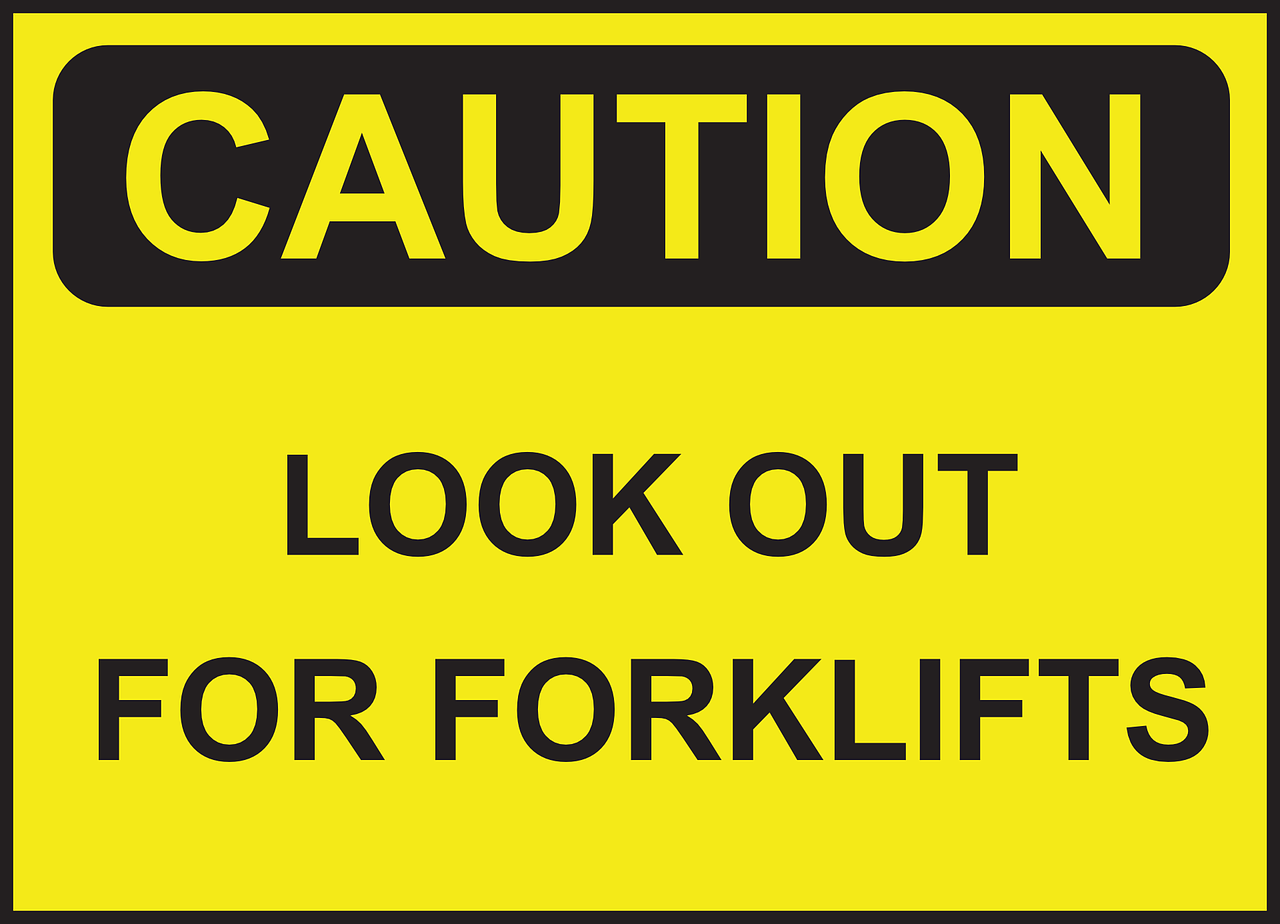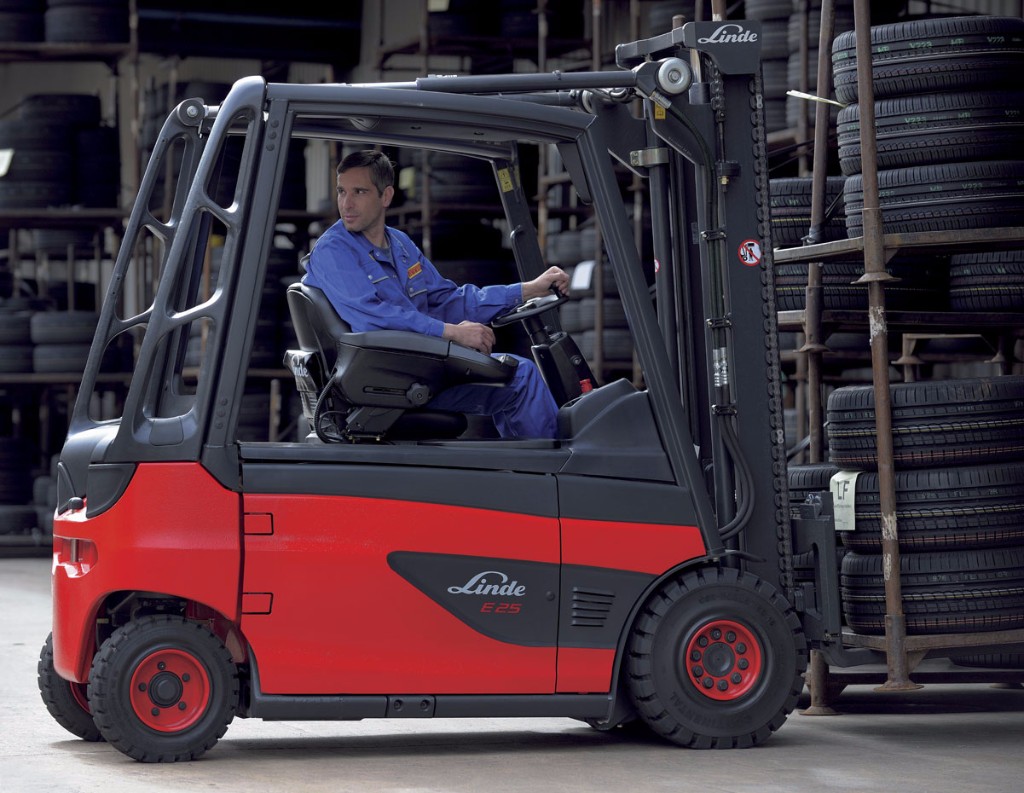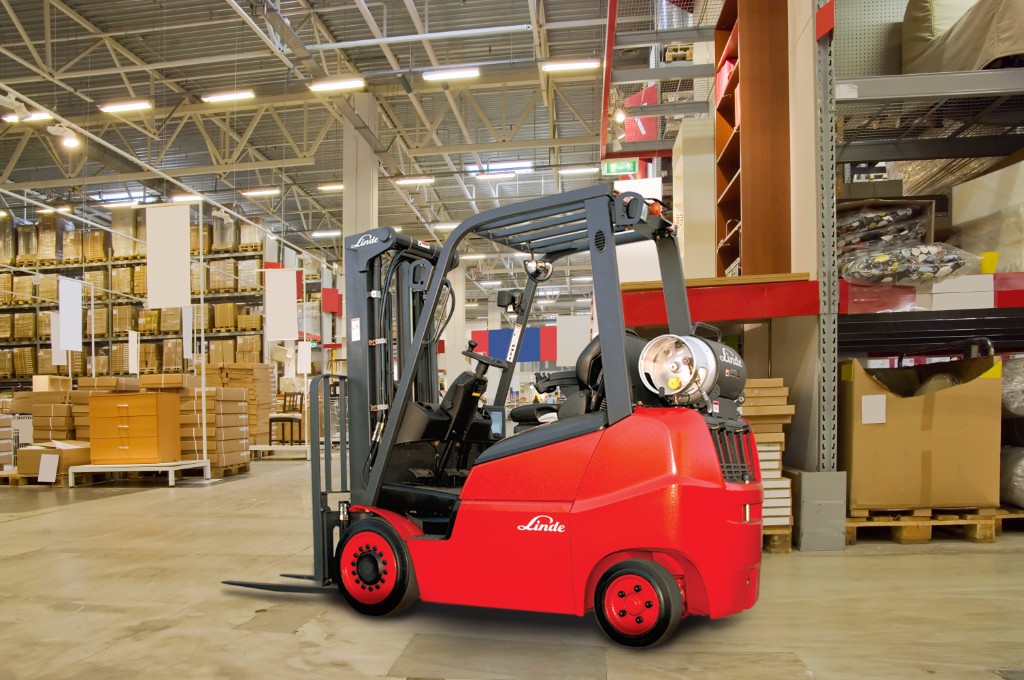Every year, thousands of people are injured in accidents involving forklifts, with forklift accidents being one of the most common incidents in the warehouse. Common incidents include forklift overturn, workers being struck by a lift, and falls from a forklift. These incidents occur despite the fact that most forklift accidents are avoidable.
The warehouse can be a hazardous place, but there are ways to reduce the risk of forklift accidents occurring. The following are some of the most common causes of forklift accidents, with a few tips for avoiding them.
Improper or Insufficient Training
A driver who is not properly trained to operate a forklift is an extreme hazard in the workplace. They may not know how to operate the various mechanisms of the lift, or are unable to respond to the changing conditions of the workplace. Without proper training, forklift operators put themselves and their fellow workers in danger.
The best way to ensure safe forklift operation is to thoroughly and properly train drivers, both in general forklift knowledge as well as in particulars of the warehouse or work environment.
Faulty Equipment
Faulty equipment is another common cause of forklift accidents. Conducting preliminary checks is the best way to reduce the risk of equipment failing on you while operating a forklift. While there is no way to ensure that a forklift will not fail while you are operating it, conducting these checks can alert you to potential issues and allow you to avoid preventable incidents and injuries.
Speeding
Speeding while driving a forklift is a reckless behavior that can result in serious injury in the event of an accident. Speeding on a forklift affects the operator’s reaction time, making it more likely an accident will occur if something falls in front of the lift or a person darts out into the driver’s path. OSHA recommends that forklift operators do not exceed 5 miles per hour.
This is another instance where proper training can help avoid an accident or injury. Operators with sufficient training understand the risks associated with the improper use of a forklift, and follow the protocols and procedures to avoid such risks. Managers should also be on the lookout to ensure that drivers are not speeding.
Collisions With Pedestrians and Other Vehicles
Collisions between forklifts and pedestrians or other vehicles are a common cause of injury in the warehouse. Not only can these accidents result in injury to team members, but they can also damage equipment, costing the warehouse time and money for repairs.
The key to avoiding collisions in the warehouse is communication. When workers have an open line of communication, they can alert one another to their whereabouts as well as potential problems or hazards. Pedestrians and workers can also wear bright clothing to draw the forklift operator’s attention.
Poor Floor Design or Layout
The layout of a warehouse can greatly affect workers’ ability to work safely and efficiently in the space. From narrow aisles and sharp turns to poor lighting and marking, a poor layout can make it extremely difficult for forklifts to maneuver through the warehouse. The workplace may even be inadvertently designed in a way that increases the risk of collisions and tip over.
A good floor design is clean and well-lit, has maneuverable, uncluttered aisles, as well as proper floor marking and warning signs. The warehouse floor should not be an obstacle course for forklift operators to navigate.
While the warehouse floor can be ripe with potential hazards to forklift operators and other workers, many common forklift accidents are avoidable. When drivers are sufficiently trained, equipment is checked, and the warehouse floor is properly designed, the risk of accidents and injuries occurring is greatly reduced. By following our tips for avoiding common forklift accidents, your warehouse can operate safely and efficiently.



